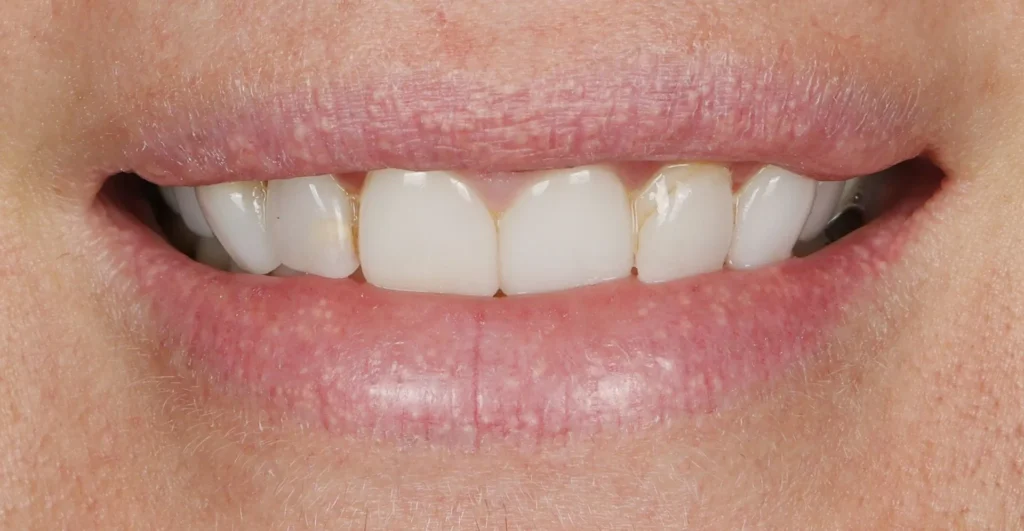Veneers are a popular option for achieving a bright, natural-looking smile. Yet, selecting the right shade can influence both the appearance and overall harmony of your smile. With various factors at play, finding a suitable shade may seem challenging. This article provides information to help you determine the appropriate shade for veneers.
Veneer Shade Options
The shade of veneers is usually determined using a shade guide. Each shade is coded for easy reference. This makes it possible to match the veneers to your natural teeth or achieve the level of brightness you desire. When selecting a shade, you may want to keep in mind that “one shade fits all” does not apply to veneers.
Factors such as your natural tooth color, the color of your gums, and how light interacts with the veneers can all influence the final look. A skilled dental professional will likely show you multiple shades. They may even use temporary veneers to help you visualize the result.
Factors That Impact Shade Selection
Several elements can influence the decision when selecting a shade. An evaluation of these factors can lead to an outcome that both enhances your smile and maintains a natural look. You may want to keep the following in mind when deciding upon a shade:
- Skin Tone: Your skin tone can play a significant role in how the color of veneers complement your appearance. For individuals with fair complexions, whiter shades might provide a bright yet harmonious look. For medium to darker complexions, slightly softer hues may result in a more balanced appearance.
- Lip Color and Shape: The color and fullness of your lips can affect how veneers are perceived. Thinner lips may expose more of the teeth, while fuller lips may cast subtle shadows.
- Eye Color: Eye color might not immediately seem relevant, yet it can influence how veneers harmonize with your facial features. Softer shades may complement brown eyes, while brighter whites might enhance lighter eye colors, such as blue or gray.
Lighting in Shade Appearance
Light plays a key role in how veneer shades appear. Natural light, fluorescent lighting, and even the glow of a phone screen can make the same veneer shade look different. Veneers designed to mimic natural enamel often interact with light by reflecting and refracting it in a way that makes them appear realistic. To assess a shade under various lighting conditions, ask your dental professional to show you shade options in different types of light.
Customizing the Final Look
While dentists often use professional shade guides, customizations can yield more precise results. These adjustments may involve altering the opacity or translucency of the veneers to better simulate the appearance of natural teeth. Translucency plays a role in achieving an authentic look, as it allows veneers to reflect light in a way similar to enamel. For those seeking a brighter smile, whiter shades with less translucency may be preferred.
Achieve Your Ideal Smile With Veneers
Choosing the right shade for veneers may require careful thought and expert advice. Reach out to a dental professional to explore your options and discuss your goals. By addressing factors such as skin tone, lighting, and translucency, you can achieve a smile that complements your features and enhances your appearance.

